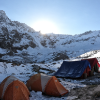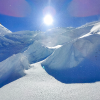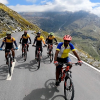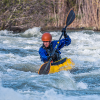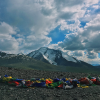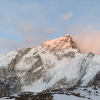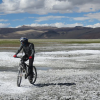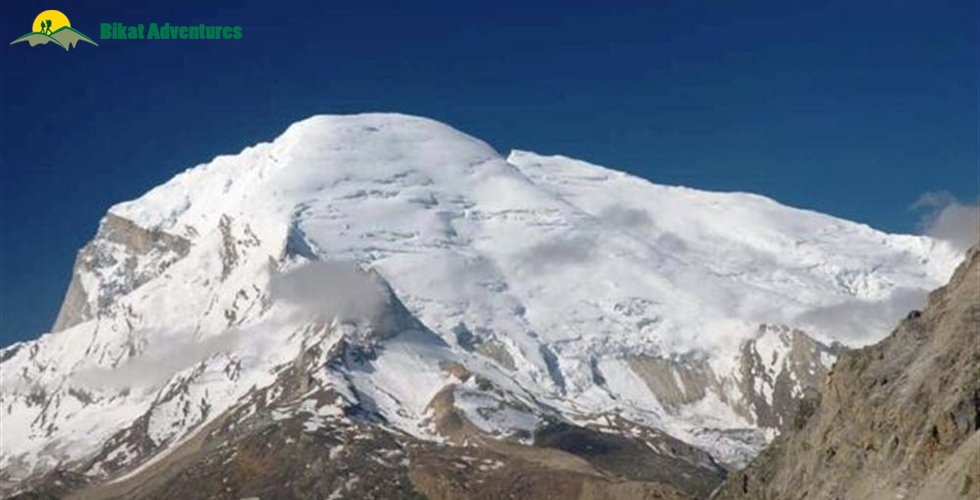
Mt. Kedar Dome
A Daunting and Thrilling Climb - Technical Expedition meant for Experienced Climbers
Available Batches
Brief Description
Gallery
Brief Itinerary
Detailed Itinerary
Day 1: Make your way to Gangotri (3,415M)
The trek begins from Gangotri which is a mountain city on the banks of River Bhagirathi and is known to be the origin of the holy River Ganga. Located in the Greater Himalayan Range, legend says that this is where Goddess Ganga descended when Lord Shiva released the river from the locks of his hair. This holy city which lies at an altitude of 3,415M is a 245 km drive away from Dehradun – the closest city with an airport.
If you have signed up with Bikat for a drive from Dehradun to Gangotri, the day starts early. Everyone assembles at the meeting point by 7 in the morning so we can start our long drive up to Gangotri, a holy mountain city in the Uttarkashi district of Uttarakhand. Although there’s nothing more on the agenda for today other than the 8-9 hour drive, it is better to leave as early as possible for two reasons:
One, so we can reach as early as possible and give our bodies enough rest for what’s coming the next day. And, two, roads on the mountains are unpredictable and it is always better to account for delays when we start. It is also better to reach before it gets dark.
Day 2: Rest and acclimatization at Gangotri (3,415M)
Day two is reserved for rest and for acclimatization to the altitude. This is important to allow your body to adapt to its new environment and reduce chances of adverse health conditions. You can go around and explore the market, delve into the colors and culture of this high-mountain town and visit some places nearby. A little movement around the city would be good for acclimatization. Also, use this time to go through your checklist and do some last-minute shopping for what you might be missing for the trek.
While the body acclimatizes, we take this time to get together with the group for a debriefing session where we get to know each other better and delve into the happenings of the next few days - schedule, what to expect, basic do's and don'ts in the mountains, how to maintain the sanctity of the environment and other such matters of importance.
We also go for a short acclimatization walk in the evening to adapt to this new environment better.
Day 3: Gangotri (3,415M) to Bhojwasa (3,775M) via Chirbasa (3,600M)
Distance: 14 km Trek
Today is our first day of actual trek. We start after an early breakfast. We will be walking towards Gomukh, the snout of Gangotri glacier. The trail will take us through Chirbasa which is at an altitude of 3,600M and means home of pine in the local language – no points for guessing what kind of trees you are likely to find en route to Chirbasa. The entire trek up until Chirbasa is alongside the roaring Bhagirathi River whose refreshing spirit is likely to keep the spring in your gait alive all the way through. After having our packed lunch here we move on towards Bhojwasa, our campsite for the day. Bhojwasa in the local language literally translates to the home of birch trees. A view of the very impressive Bhagirathi range of peaks follows alongside. There is a dramatic change of scenery after Chirbasa when the trail starts to get barren and desolate. It is not an overly heavy day. Expect to reach our campsite by the river in the early evening hours. The mesmerizing sunset over the spectacular Bhagirathi range is a perfect view to end your day with.
Day 4: Bhojwasa (3,775M) to Tapovan (4,460M) via Gomukh (4,025M)
Distance: 13 km Trek
We wake up to the majestic view of the Bhagirathi range of peaks and head out for our next campsite after an early breakfast. We will be crossing the snout of the glacier that we saw glimpses of on our way yesterday. We will be walking alongside our companion, River Bhagirathi, till we get to Gomukh. Gomukh, which curiously translates to the mouth of the cow, was named so by sages of the yesteryears for its appearance. Gomukh is known to be the source of Ganga and where it originally begins its long journey through the many regions it flows by. We spend some time exploring the region around Gomukh after which we head on towards Tapovan - one of the finest high altitude alpine meadows in the area. The trail from Gomukh onwards is one on moraine-rich glaciers. The view of the surrounding peaks starts to get wider and wider as the trail from Gomukh to Tapovan gets steeper with every step forward. Tapovan, known for its gorgeous meadows encircling the base of Shivling Peak, is a beautiful campsite bustling with the many fresh water streams and an assortment of wildflowers scattered across its floor. Herds of Bharal (blue mountain goats) running up and down the mountain ridges with magnificent views of Bhagirathi I, II, III in the background, is a common sight here. Is it any wonder why Tapovan remains one of the most preferred spots for spiritually inclined people for their long periods of meditation? We can try some of that as we set up camp here for the night!
Day 5: Tapovan (4,460M) to Kirti Glacier/ Base Camp (4,740M)
Distance: 9km
We start early and make our way through the tough yet alluring route for today as we cross the mighty Shivling’s base to reach Kirti Glacier which serves as our campsite for this expedition. The trail offers glorious views of the most revered mountain peaks in the range. The route is over boulders and onto a glacier ridden with open and hidden crevasses. It would serve well to exercise caution on your way. However, it helps that we have peaks such as Kedardome, Kedarnath, Bhartekuntha, Thalay Sagar, Bhrigupanth, Bhagirathi, Meru and Shivling watch over us all throughout the climb today.
Day 6: Acclimatization at Base Camp
A lot is to be achieved during your time at base camp. From the distribution and setting up of all the gear to technical training and practice on the icy slopes around the basecamp. But before then, we have the entire day to rest our bodies and acclimatize to the terrain, altitude and temperature of the base camp which lies at 4,740M – a height gain of approximately 1325M from Gangotri where we started the trek.
Day 7 – Day 17: Expedition
Since the conditions on high-altitude are unpredictable, there is a constant readjustment of plans to adapt to the situation at the time. Providing fixed day-wise schedules is hence tricky. But roughly, the schedule includes rotation rounds between camps which is a standard acclimatization process on high-altitude expeditions. Between Base Camp and Summit, we have 3 camps on Mt. Kedar Dome: Advanced Base Camp, Camp 1 and Summit Camp.
Given that high-altitude climbs demand a rigorous acclimatization routine, expeditions usually employ the method of making rotation rounds between camps so as to better adapt to the environment. Living the tenet of ‘climb high, sleep low’ which is a golden rule for survival in that altitude, we make multiple rounds between campsites. For Mt. Kedar Dome, specifically, we make two rounds. The first is when we ferry our load up to the next camp, leave our stuff there and then climb back down to the lower campsite to spend the night. The next day, we climb back up to the camp where we left our stuff and proceed to pitch our tents to now occupy the campsite. What this achieves is a three-fold benefit. Firstly, you can divide your weight between two days so as not to carry a massive amount in one trip. Secondly, it introduces the body to a higher altitude environment but gives it time to better adapt to it by not pushing it in this new height. Thirdly, for each time that you climb the same route, it tends to get easier and easier, refining your technique, skill and adaptation.
After load ferry rotations between camps and occupying Summit Camp on Day 12, we will make our first summit attempt on Day 13. By Day 14, we aim to descend back down to Base Camp and further down to Bhojwasa by day 16 with an aim to depart from Gangotri by Day 17.
Day 18: Depart from Gangotri
Your expedition ends here but not before some celebration. How can we end this adventure without a summit party?
Like we indicated before, the weather on high-altitude is unpredictable as are many other conditions, we would suggest you keep spare days between the end of the expedition and your travel arrangements to head back home.
Day 19 and 20: Reserve Days
In case of bad weather or other difficulties which might set us off schedule during the course of the entire expedition, Day 19 and 20 are set as reserve days. These will only get used if unexpected and unforeseeable conditions present themselves at the last minute preventing us from reaching our destination as planned.
What's Included
- Food as per menu on the trek
- Forest Permits/Camping Charges (upto the amount charged for Indian nationals)
- 4 season Dome Tents, Thermal rated Sleeping bags, Sleeping mats
- Safety Equipment includes static rescue rope, seat harness, carabiners, pulleys
- Expedition guide, cook, helpers, HAP and LAP for carrying common supplies
- Course certified & experienced Expedition Leader with Wilderness Emergency Responder & Rescue. course from NIM Uttarkashi
- Technical Equipment - PP Ropes, Helmet, Ice Axe, Crampons, Mountaineering Boots, Snow Stake, Dead Man/Boy
- Peak Booking Fee Charges (upto the amount charged for Indian nationals)
What's Not Included
- Portage of personal bags during the expedition
- Meals during road journeys from Dehradun to Gangotri
- Meals during hotel stay in Gangotri
- Cost of any kind of Travel Insurance.
- IMF fee only for foreign nationals US$ 700 for a team of two members and US$ 325 for every additional participants
- Forest Permit / Camping Fee for foreign nationals (USD 880-1000 upto group of 10)
- Mandatory Liaison Officer Fee for foreign expeditions ( ~USD 500 for group of 10)
Are you Eligible for this Adventure?
BRS Level Required
This makes it mandatory for you to have high-altitude experience of preferably multiple treks marked at level 5 on the BRS. The altitude, the terrain and the nature of the climb demand a certain level of skill and a need for you to be aware of how your body reacts to the various features of high altitude environment.
If you do not know what level of BRS trek would suit you best, worry not! Fill out this Form:
we will send you a progression chart to help you comfortably get out of your comfort zone in order to level up and ultimately reach your highest potential in the big, bad world of outdoor adventure.
Packing List
This is a list of essential items for individuals doing the trek with Bikat Adventures. This list contains only those items which the participants are required to bring with them. The list excludes those items which are provided by Bikat Adventures on the trek. We have divided the items into five categories. All the items in the list are essential except for those marked as optional.
Trekking Gear
- Ruck sack bag with rain cover. Qty -1
- Day Pack Bag - Recommended for treks with summit day
- Head Torch with spare Batteries. Qty -1
- U V protection sunglasses. Qty -1 Here is how you can choose the best sunglasses for trekking.
- Water Bottles: 2 bottles of 1 liter each
Footwear
- Non-skid, deep treaded, high-ankle trekking shoes Qty -1
- Pair of light weight Slipper/Sandals Qty -1
Clothing
- Quick Dry Warm lower or Track Pants. Qty - 2
- Full sleeves T-shirts/ Sweatshirts. 1 for every 2 days of trekking
- Pair of thick woolen socks. 1 pair for every two days of trekking
- Thermal Body warmer Upper & Lower. Qty-1
- Undergarments. Qty - 1 for every day of trekking
- Warm jacket closed at wrist & neck .Qty-1
- Full sleeves sweater. Qty -1
- Rain wear ( Jacket & Pants ) . Qty-1
- Pair of waterproof, warm gloves. Qty-1
- Woolen cap. Qty-1
- Sun shielding Hat. Qty -1
Toiletries
- Personal toiletries kit (Small Towel, Toilet paper, paper soap, Bar soap, toothbrush, toothpaste, cold cream, etc.)
- Sun screen lotion small pack. Qty -1 Here is your Sun Protection 101 to stay safe in the bright sunny outdoors.
- Lip Balm small pack. Qty-1
Utensils
- Small size, Light weight & Leak proof lunch box. Qty-1
- Plate. Qty- 1
- Spoon.Qty-1
- Tea/Coffee (plastic) Mug.Qty-1
Miscellaneous
- Camera (Optional)
- Carry your medicines in plenty in case you have any specific ailment. Consult your doctor before joining the trek.
- Dry fruits, Nuts, Chocolate bars (Optional)
Frequently Asked Questions
Why Bikat?
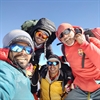

Small Group Size
Our batch sizes are capped at 15 for smaller treks with the trek leader and trekker ratio of 1:8. This ratio, in our years of experience, has proven to deliver the best trekking experience for individuals as well as groups. Capping the size of the group ensures individual attention to each trekker so that no signs of distress or need during the trek go unnoticed. It also helps to form a more cohesive cohort with better group energy which helps define the rhythm and pace of days on the trek. As you go higher up on the BRS scale, since the stakes are higher, expeditions have an even smaller group size with the ratio of expedition leader to climber set at 1:2.
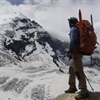

Qualified Expedition Leaders
We follow a rigorous regime of hiring and training our experts in the field. Each trek leader is a certified mountaineer with years of experience in the field. In addition to their qualification, they also go through practical and situational training to tackle any and all kinds of sudden conditions that may present themselves on the ground. Being unpredictable is the core nature of the mountains but being ready for any circumstance as best as possible is a controllable asset that we try to nurture. Our field experts are also trained in basic medicine and first-aid response. Watch: Forerunners - The Making of A Trek Leader At Bikat Adventures
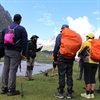

Guided Progression
Since Bikat Adventures is a learning-based organization, we help you climb up the ladder of difficulty within the sphere of outdoor adventure systematically. Our on-ground training modules are designed to handhold you through the upskilling process so that you are ready to take on bigger challenges.
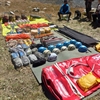

Equipment Quality and Check
All the gear used on our treks and expeditions is tried and tested, maintained for good quality, and is overall top-notch in quality and condition. We are continually looking to obtain the best of everything there is in the market so as to ensure optimum safety.
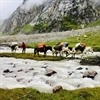

Support Systems
Along with the staff you see on-ground, we have a team of superheroes working in the background to give you the best experience possible. Our background team also comprises local staff from each area who know the region best. Having local support helps with studying the area, pre-planning, execution, and in receiving timely support in case of emergencies in these remote locations.
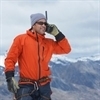

Communication
Our on-field staff is in constant contact with our teams based in primary locations so as to eliminate any avoidable delay in reaching additional help and support when required. We try to use the best tools for communication available, including satellite phones, in regions where they are not restricted.
What our customers Say
Cancellation Policy
Cash refund
Cancellations up to 60 days prior to departure date
Between 60 days to 20 days prior to departure date
Cancellations within 20 days prior to departure date
Voucher refund
Cancellations upto 60 days prior to departure date
Between 60 days upto 20 days prior to departure date
Between 20 days upto 5 days prior to departure date
Less than 5 days prior to departure date
- Cash refund is applicable only in case of bookings made without using any promotional offer code or Cancellation Vouchers or running discounts
- This is only a brief of cancellation terms. For finer details please refer Detailed Cancellation Policy.
Blog Posts
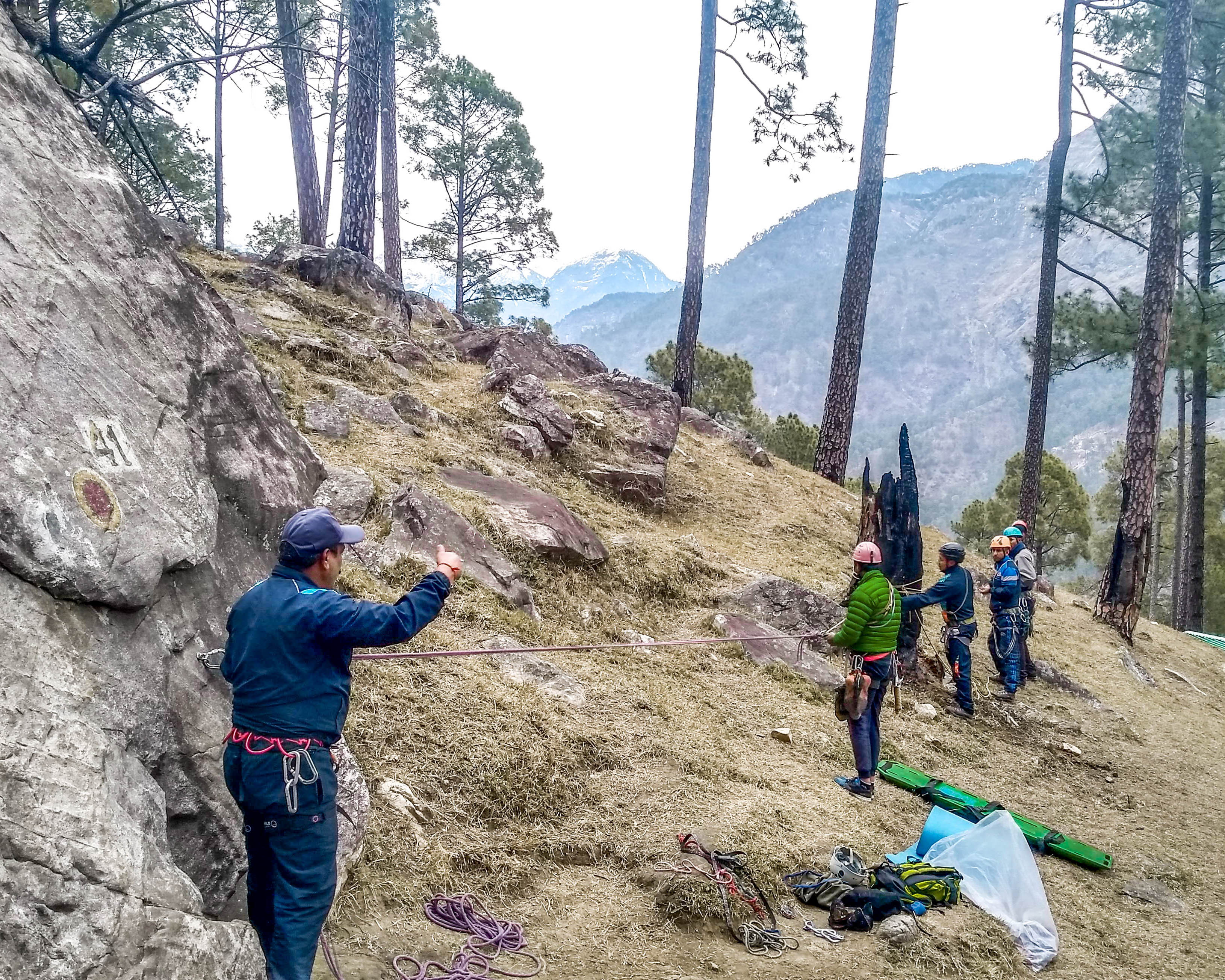
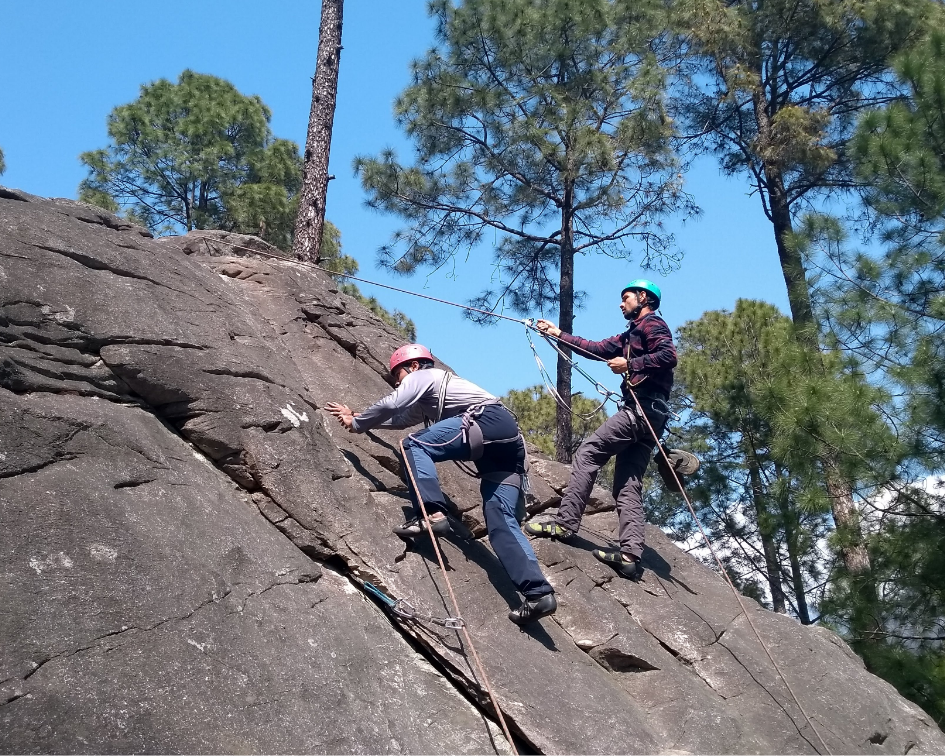
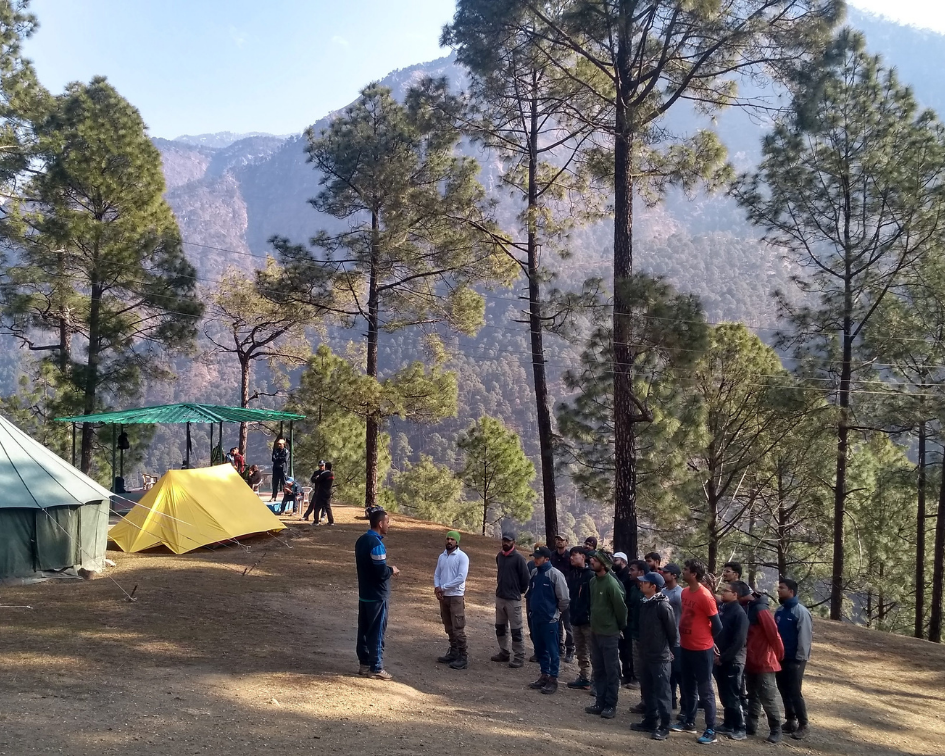
Similar Adventures
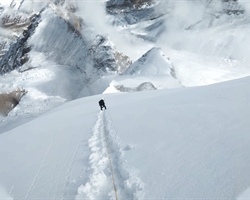
Mt Satopanth Expedition
When Adventure Calls, This Mountain Answers - Highly Technical Expedition meant for experienced climbers
Uttarakhand
20 Days
BRS 8
7075 m
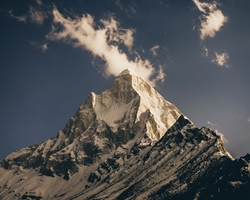
Mt. Shivling
A Rollercoaster of Adventures - Highly Technical Expedition meant for Experienced Climbers Only
Uttarakhand
21 Days
BRS 8
6543 m
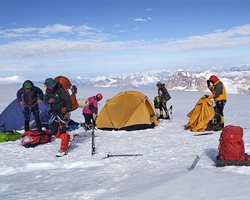
Mt. Nun Peak
The Roof of Ladakh- A Highly Technical Expedition meant for experienced climbers only.
Ladakh
23 Days
BRS 8
7135 m





